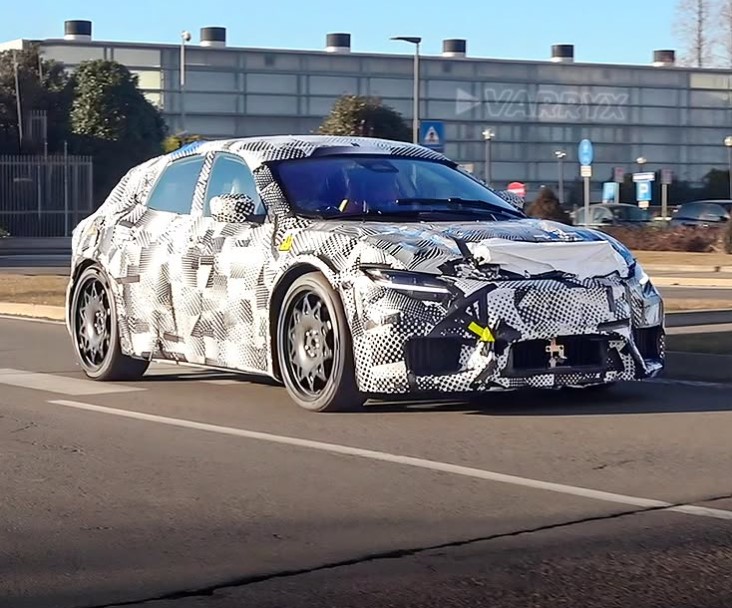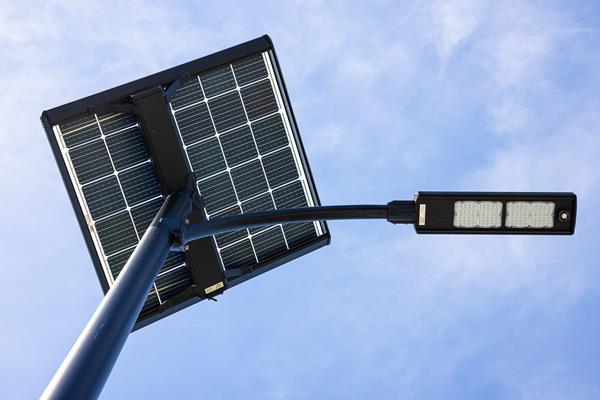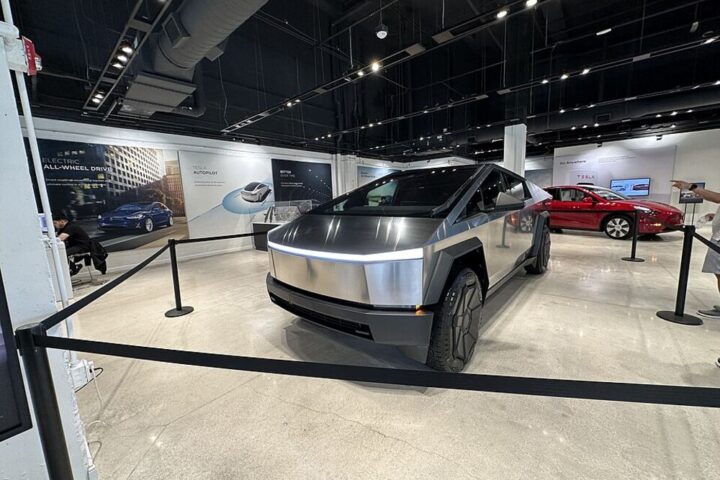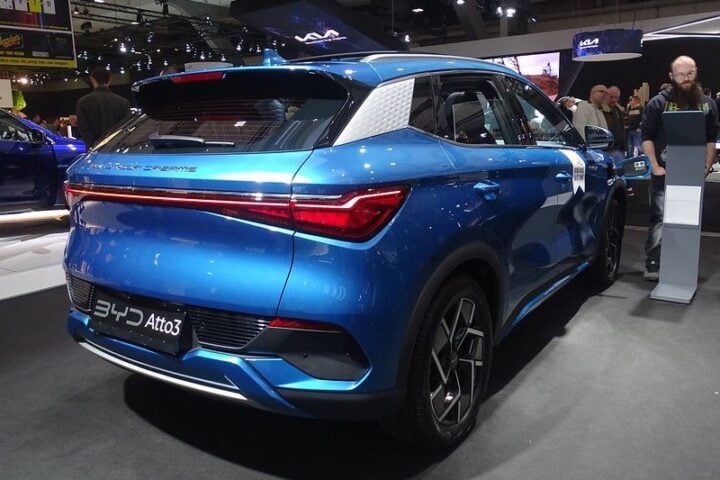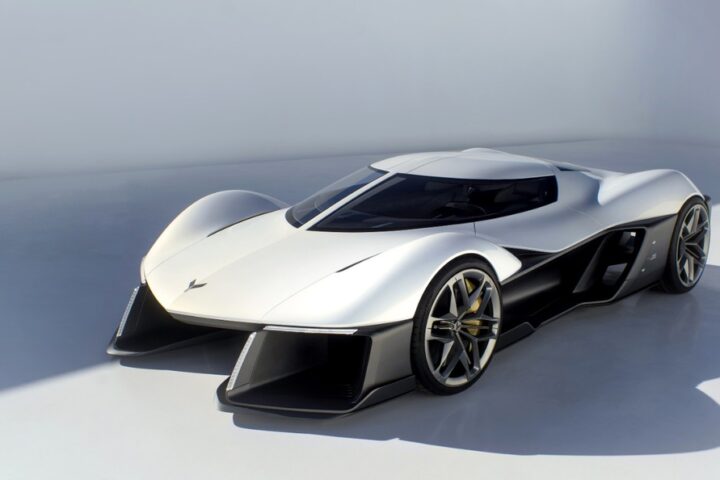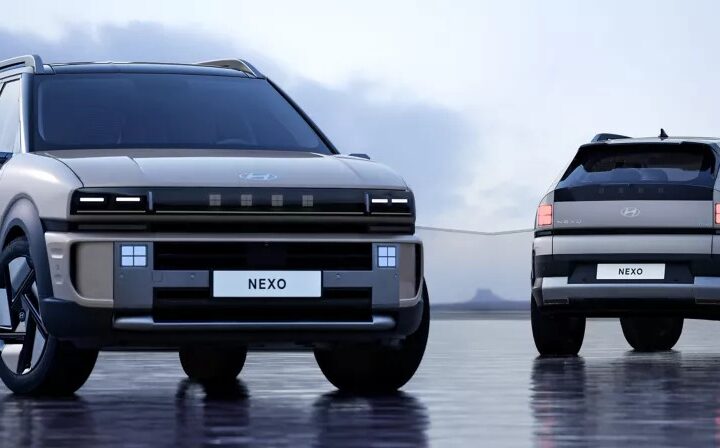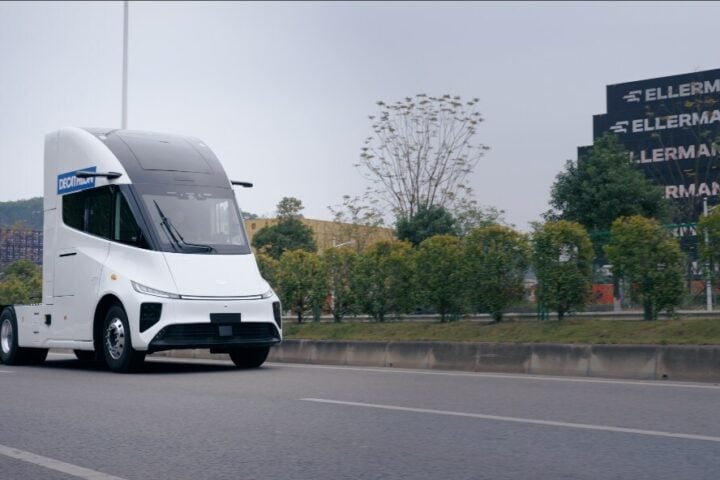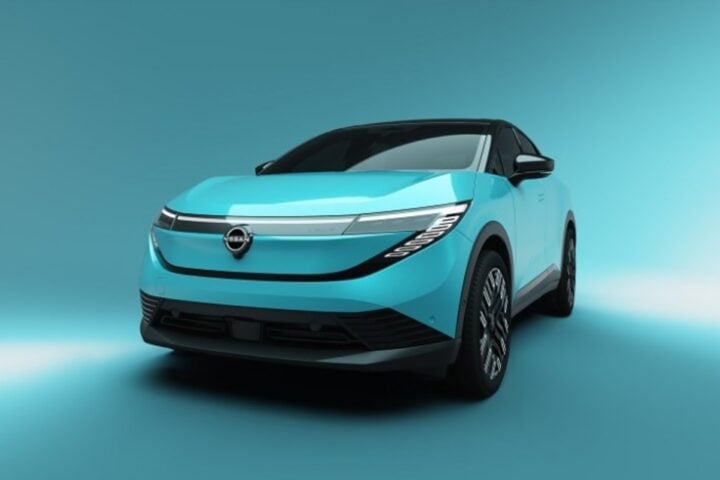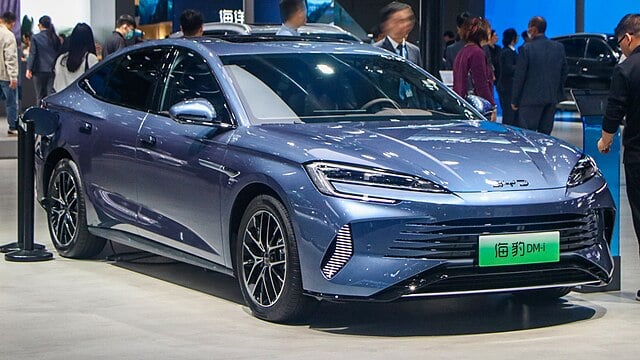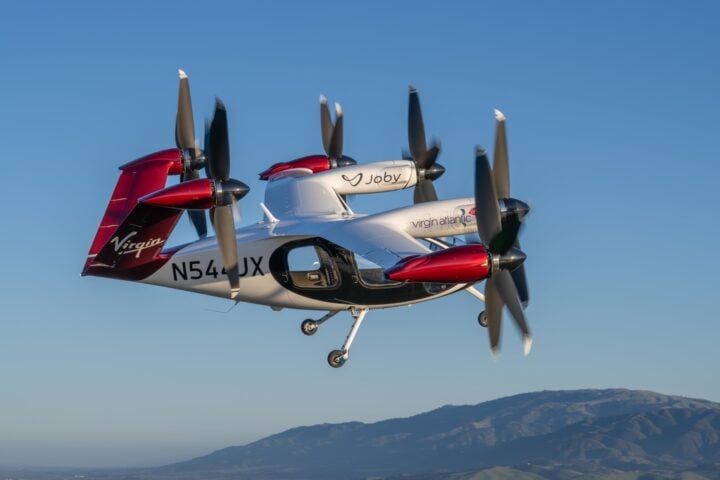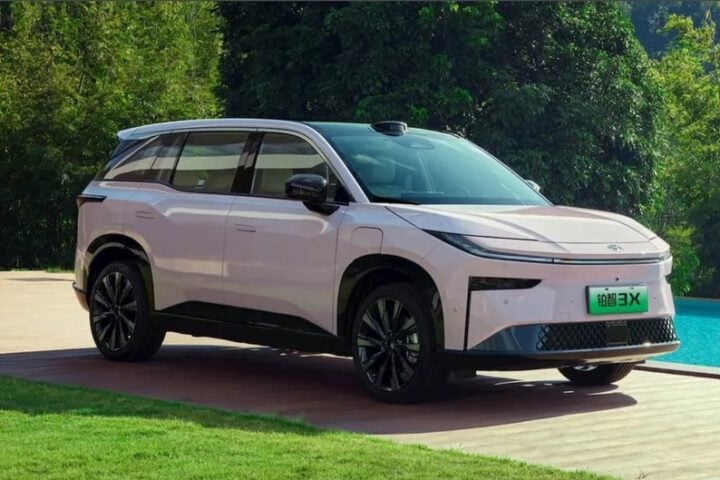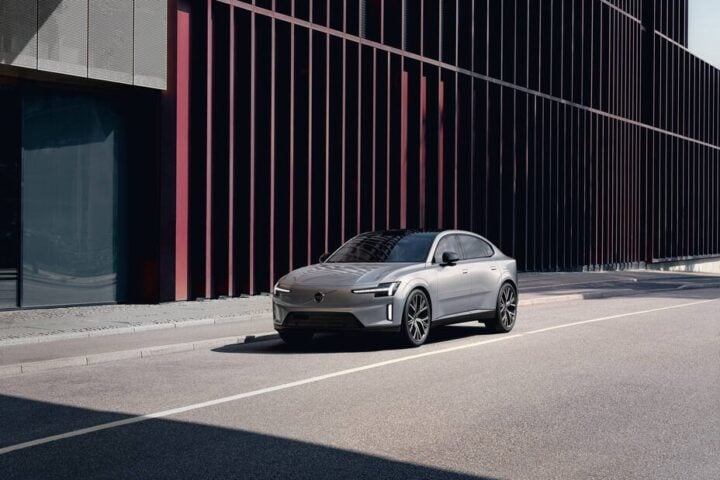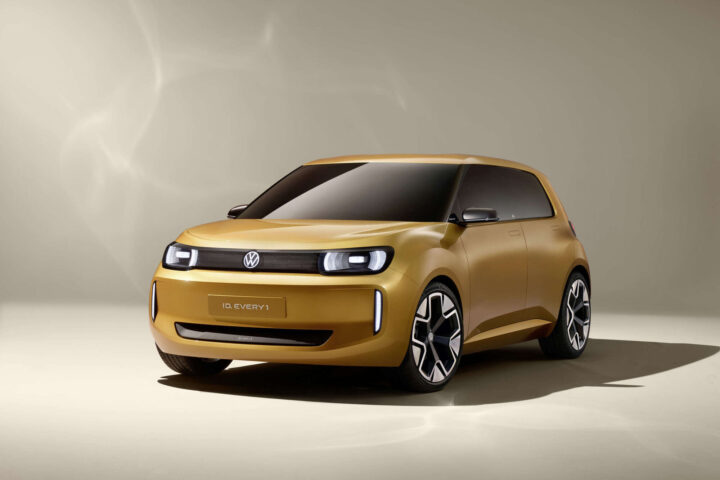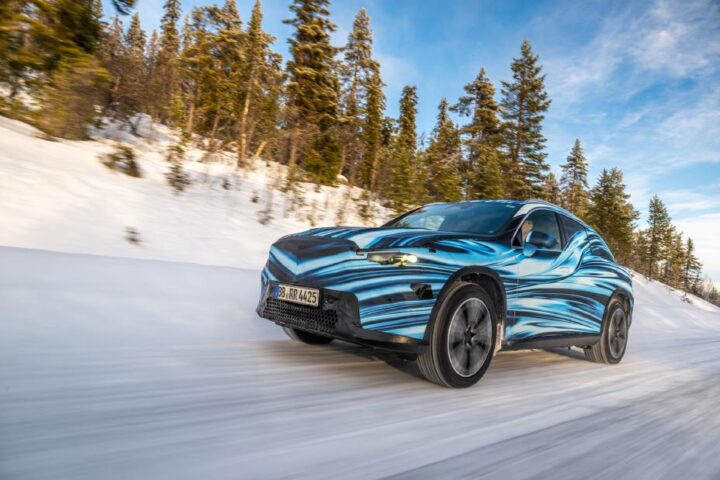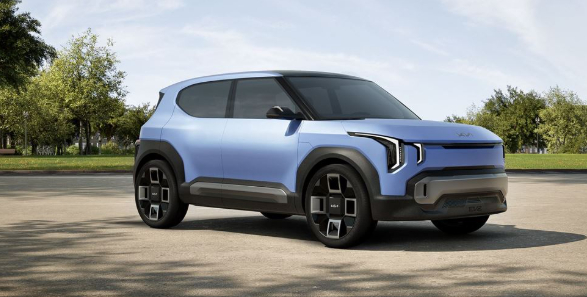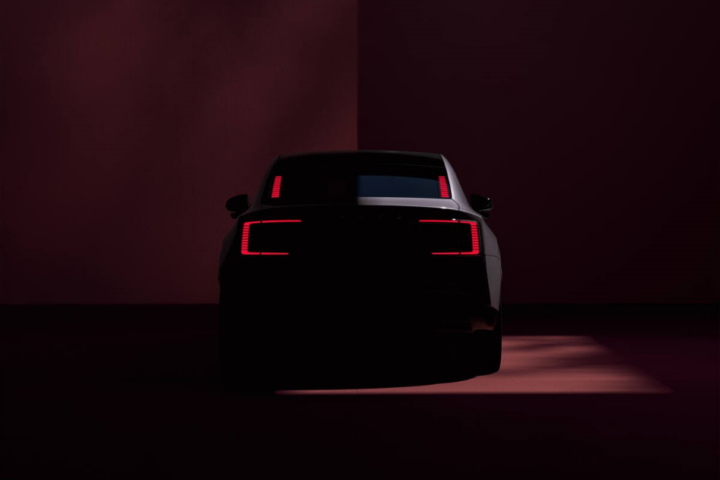A major shift is coming to one of the world’s most famous sports car makers. Ferrari will reveal its first electric car on October 9, 2025, at its home base in Maranello, Italy. For a brand known for the roar of its engines, this move into silent electric power marks a significant change in its history.
The company isn’t just making another sports car. This new electric Ferrari will be bigger and more practical than its usual models, with four doors instead of two. Think of it as a mix between a family car and a sports car, but with Ferrari’s signature style. The car has already been spotted testing on public roads, and interestingly, it’s not completely silent – Ferrari has added artificial engine sounds to keep some of that familiar Ferrari character.
“We’re launching this car in a unique and innovative way,” says Ferrari’s CEO Benedetto Vigna. While he’s keeping most details under wraps, the company plans to make about 700 to 800 of these electric cars in 2026, which is about 5% of what Ferrari sells each year. The expected price tag? Around €500,000 (or $535,000), though adding personal touches – which Ferrari buyers often do – typically pushes the final cost up by 15-20%.
Ferrari isn’t diving into electric cars blindly. They’ve already had success with hybrid cars – vehicles that combine gas engines with electric motors. In fact, these hybrids made up more than half of Ferrari’s sales in 2024, showing that their customers are ready for electrification. The company delivered 13,752 cars globally last year, bringing in €6.67 million ($AU10.6 million) in revenue.
To build these electric cars, Ferrari has constructed a new building at their Italian factory. This facility will make most of the important electric parts in-house – things like the batteries, electric motors, and other key components. While they’ll buy battery cells from other companies, Ferrari wants to control how these parts work together to ensure the car feels like a proper Ferrari.
The company sees particular promise in China, where electric cars face lower taxes than gas-powered ones. However, Ferrari is careful about maintaining its exclusive image – they won’t sell more than 10% of their cars in any one country. This helps keep their cars special and in high demand.
Similar Posts
Ferrari’s Global Marketing Director, Emanuele Carando, explains their approach: measuring success through “the smile clients have whenever they drive our car” and scientific metrics like “longitudinal acceleration, lateral acceleration, braking, gear shifting and sound.” This suggests Ferrari won’t sacrifice driving excitement just because they’re switching to electric power.
But this move isn’t without challenges. Ferrari needs to prove it can make an electric car that’s as exciting as its gas-powered models. They’ll need to balance the silence of electric power with the emotion their cars are famous for. The high price tag also means this technology won’t reach most car buyers anytime soon.
The company expects this electric push to help their bottom line. They’re forecasting higher earnings (EBITDA – earnings before interest, taxes, depreciation, and amortization) for 2025, expecting to reach at least €2.68 billion, up from €2.56 billion in 2024. This suggests Ferrari believes luxury car buyers are ready for high-end electric vehicles.
This October reveal will show whether Ferrari can successfully blend its racing heritage with electric power. It’s not just about making another electric car – it’s about proving that the future of high-performance cars can be both exciting and environmentally conscious. For a brand built on the sound and fury of gasoline engines, this electric Ferrari could shape how we think about luxury cars in the years to come.
